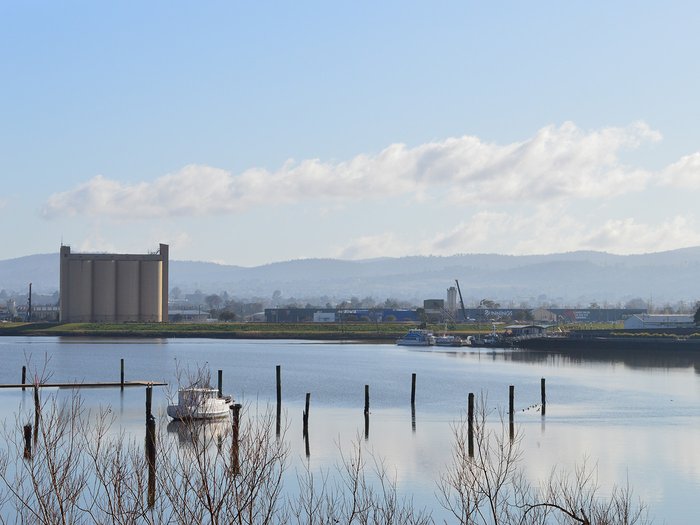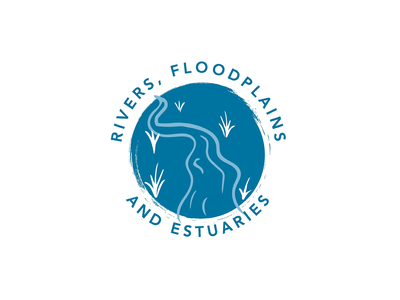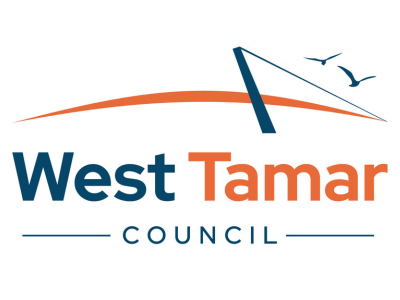Tamar Estuary River Health Action Plan - RHAP
Seeking to address the long-term health of the Kanamaluka / Tamar estuary, the Tamar Estuary River Health Action Plan identifies investment priorities and provides advice and management recommendations to government.

The RHAP seeks to address the long-term health of the Kanamaluka / Tamar estuary.
Background
Background
Established in 2017 under the Launceston City Deal with the aim of identifying investments to improve the health of the Kanamaluka / Tamar estuary, the Tamar Estuary Management Taskforce (TEMT) was charged with delivering the Tamar Estuary River Health Action Plan (RHAP) which provided priority recommendations for government investment and potential policy actions. As a result, the Tamar Estuary River Health Action Plan was released in 2018 and had a total investment of $140.7 million through the Launceston City Deal by the Australian Government, Tasmanian Government, TasWater and City of Launceston to implement the key actions, namely:
- $129.2 million is allocated to deliver infrastructure upgrades to reduce overflows from Launceston’s combined sewage and stormwater system.
- $11.5 million is allocated to the Catchment Works Program to reduce pathogens for entering waterways across the Kanamaluka / Tamar estuary and Esk rivers catchments including Launceston’s separated stormwater system.
Catchment Works Program
COMPLETED
The program provided funding to support a range of activities to improve water quality by reducing pathogen concentrations from reaching the Kanamaluka / Tamar estuary.
Sewage Intrusion Program
COMPLETED
Targeting urban pollution, this program collaborated with local partners to identify and correct cross-connections where sewage was mistakenly entering stormwater pipes.
Tamar Action Grants
COMPLETED
The Tamar Action Grants funded the exclusion of stock from waterways through installation of fencing and water infrastructure and rehabilitation of riparian revegetation buffers on dairy and grazing farms.
TasWater's infrastructure upgrades
Completion due mid-2026
As part of the Tamar Estuary River Health Action Plan (TERHAP), TasWater is delivering new sewerage infrastructure for Launceston to improve the health of the Kanamaluka / Tamar estuary.
Resources
Resources
Quick Q&A
Quick Q&A
The health of the Kanamaluka / Tamar estuary is influenced by Launceston's combined sewerage and stormwater system, inability to flush sediment due to marine tides meeting freshwater inflows, agricultural practices in the catchment, historical industrial practices, outflows from sewage treatment plants throughout the estuary, floods, and man-made changes to the flow and channel of the estuary.
Sediment input from the greater catchment area, into the river systems has contributed to the sedimentation of the Kanamaluka / Tamar estuary. Sediment carried with surface runoff into the rivers brings with it nutrients and heavy metals.
A legacy of historic mining in the upper catchment has also impacted on the overall condition of the river systems and contributed to the contaminants in the estuary. Improving the water quality in the Tamar Estuary and Esk River (TEER) catchment will assist in the long-term sustainable management of this resource and the ecosystem health of the estuary.
There are many ways landholders can improve water quality in the catchments, especially graziers and dairy farmers. You may already implement some Natural Resource Management (NRM) techniques including keeping waterways clean and clear from contamination, using sprays and additives in recommended amounts, fencing off waterways and bushland, planting shelter belts and introducing water and energy saving strategies, including erosion control.
Explore our resources and read about our Water Program for more information.
Partners
This project is funded through the kanamaluka / Tamar Estuary River Health Action Plan, an initiative of the Launceston City Deal. ‘Working together for a healthy estuary'.
Partners
This project is funded through the kanamaluka / Tamar Estuary River Health Action Plan, an initiative of the Launceston City Deal. ‘Working together for a healthy estuary'.






